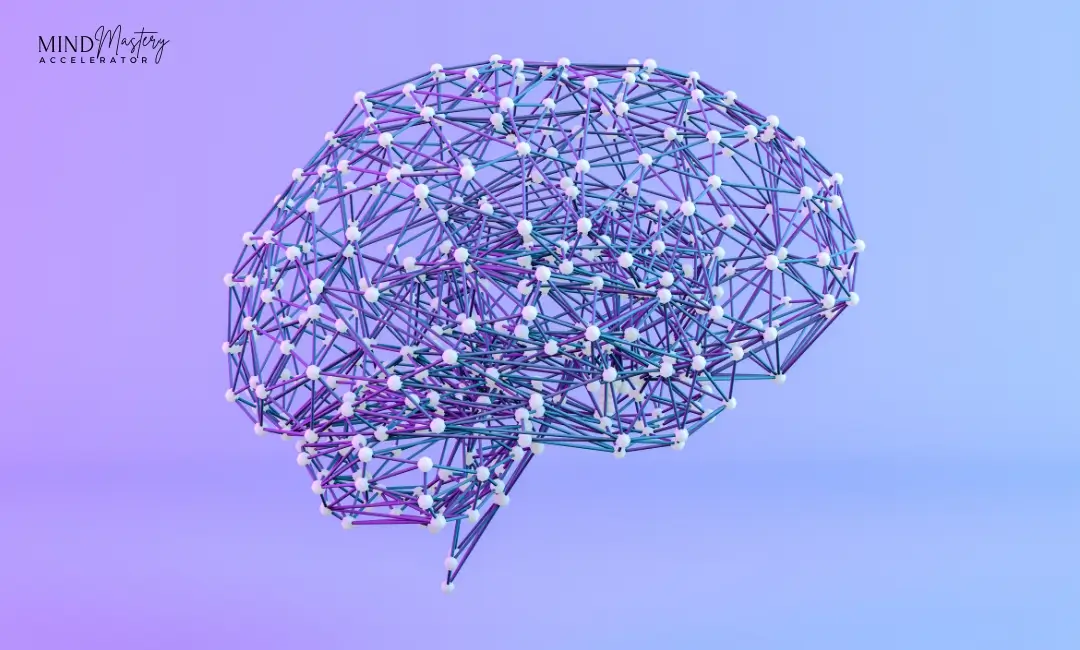Maximizing Productivity: Brain-Based Approaches to Time Management

Picture this: your calendar is packed with back-to-back meetings, your to-do list is growing longer by the minute, and you feel like there’s never enough time in the day to get everything done. This scenario is all too familiar for many leaders who are juggling multiple responsibilities and striving to achieve professional excellence. The constant pressure can be overwhelming, leading to burnout and decreased productivity.
But what if there were ways to optimize your time and increase productivity by understanding how your brain works? By leveraging insights from neuroscience, you can enhance your ability to manage time effectively and achieve your goals with less stress. At MindMastery Accelerator, we integrate cutting-edge neuroscience research with leadership development, providing you with powerful tools to enhance your productivity and effectiveness.
Understanding Productivity and the Brain
Productivity is deeply rooted in how our brain functions. Key brain regions, such as the prefrontal cortex, are responsible for executive functions like planning, decision-making, and maintaining focus. Understanding these brain functions allows us to adopt strategies that align with our brain’s natural processes, ultimately boosting our productivity.
Brain-Based Approaches to Time Management
Prioritization and Decision-Making
Effective prioritization is essential for maximizing productivity. The brain’s executive functions enable us to evaluate tasks and determine their importance. Techniques like the Eisenhower Matrix and the ABCDE Method help prioritize tasks based on urgency and impact, ensuring that we focus on what truly matters.
- Eisenhower Matrix: Categorize tasks into four quadrants: urgent and important, important but not urgent, urgent but not important, and neither urgent nor important. Focus on tasks in the first two quadrants.
- ABCDE Method: Assign each task a letter from A to E based on its priority. A tasks are the most critical, while E tasks are the least important. Tackle A tasks first to maximize productivity.
Eliminating Distractions
Distractions significantly impact our brain’s ability to focus, reducing productivity. Techniques like the Pomodoro Technique and environment optimization can help minimize distractions and maintain focus.
- Pomodoro Technique: Work in focused intervals (usually 25 minutes) followed by a short break. This technique leverages the brain’s natural attention span and helps maintain concentration.
- Environment Optimization: Create a workspace that minimizes distractions. This includes organizing your workspace, reducing noise, and limiting digital interruptions.
Leveraging Peak Performance Times
Our circadian rhythms, or internal body clocks, significantly influence our productivity by regulating our alertness and focus throughout the day. By identifying and utilizing peak performance times, we can align our most demanding tasks with periods of high cognitive function.
- Identify Peak Times: Track your energy levels throughout the day to determine when you are most productive. Schedule high-priority tasks during these peak times for optimal performance.
- Awareness: Understanding your circadian rhythms can help you be more mindful of when you are naturally more alert and focused, allowing you to plan your day more effectively.
Task Chunking and Time Blocking
Breaking tasks into smaller, manageable chunks (task chunking) and allocating specific time blocks for these tasks (time blocking) can enhance focus and productivity.
- Task Chunking: Divide large tasks into smaller, actionable steps. This approach reduces overwhelm and makes it easier to progress.
- Time Blocking: Schedule dedicated time blocks for specific tasks or activities. This method helps prevent multitasking and ensures focused work periods.
Mindfulness and Stress Reduction
Stress negatively impacts brain function and productivity. Incorporating mindfulness practices can reduce stress and enhance concentration.
- Mindfulness Practices: Techniques like focused breathing, meditation, and mindfulness exercises can calm the mind, reduce stress, and improve focus.
Cognitive Breaks and Rest Periods
Regular breaks are essential for maintaining productivity. Brain-based techniques for effective cognitive breaks include power naps and nature walks.
- Power Naps: Short naps (10-20 minutes) can rejuvenate the brain and enhance cognitive function.
- Nature Walks: Spending time in nature can reduce stress, improve mood, and boost creativity.
Practical Applications for Leaders
Leaders can implement these brain-based approaches to foster a productive work environment. Encourage mindfulness practices, provide opportunities for regular breaks, and support time management techniques within your team. By modeling these behaviors, leaders can inspire their teams to adopt similar practices, enhancing overall productivity.
Understanding and leveraging brain-based approaches to time management can significantly boost productivity. By aligning our work habits with our brain’s natural processes, we can achieve greater efficiency and effectiveness. Experimenting with these techniques can lead to professional breakthroughs and a more balanced life.
Unlock your productivity potential today!
Join our upcoming workshop at MindMastery Accelerator to explore more neuroscience-based techniques designed to enhance your time management and leadership skills. Elevate your productivity and drive your organization toward unprecedented success with our expert-led programs. Don’t miss the opportunity to transform your professional life and achieve your productivity best.


